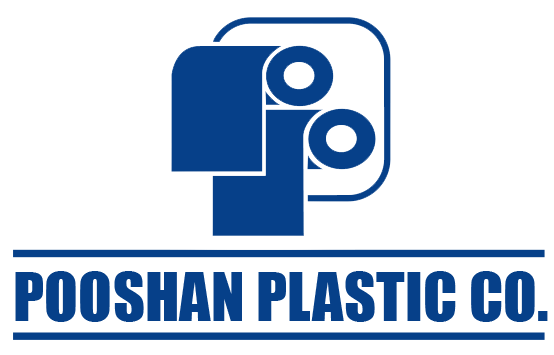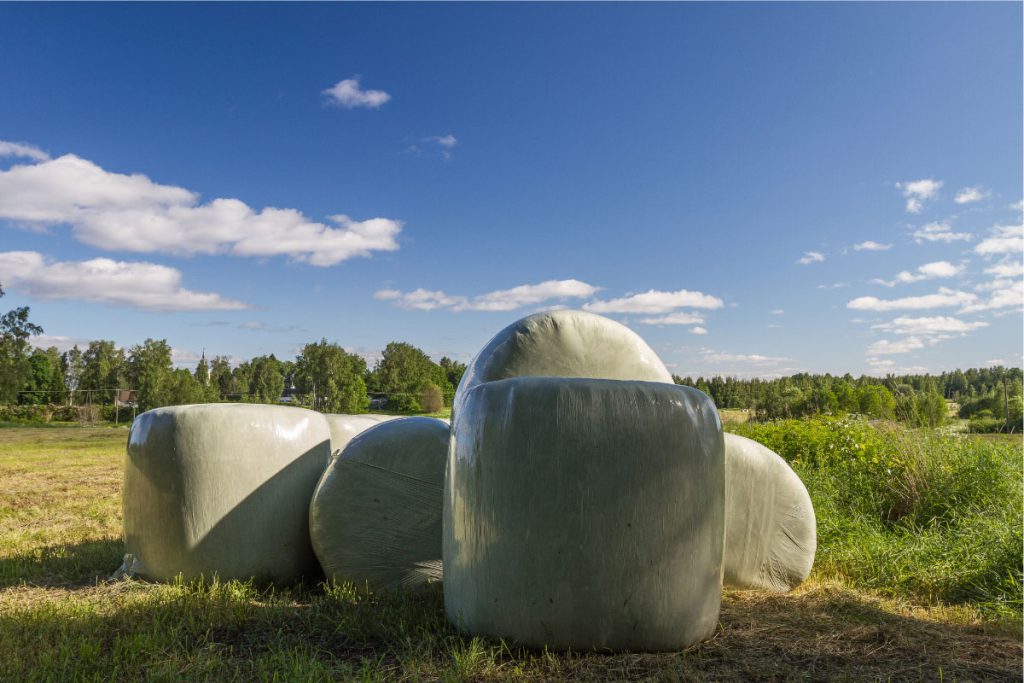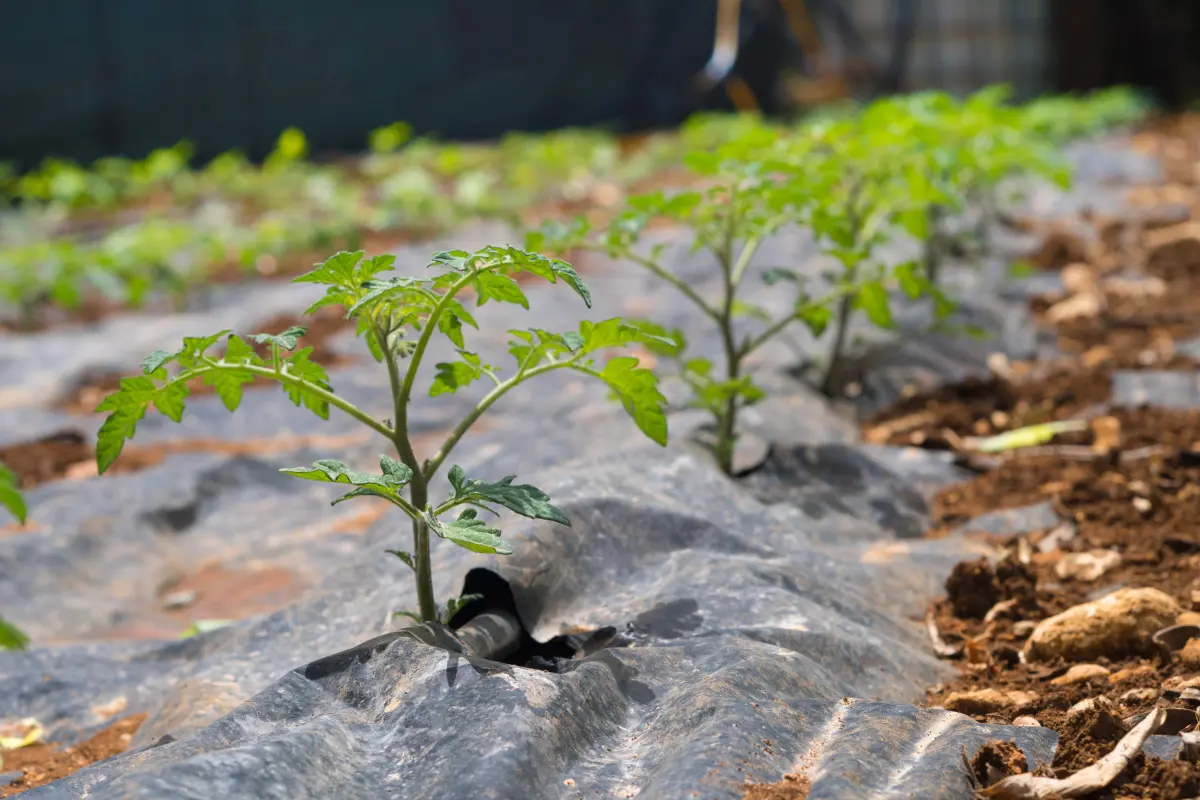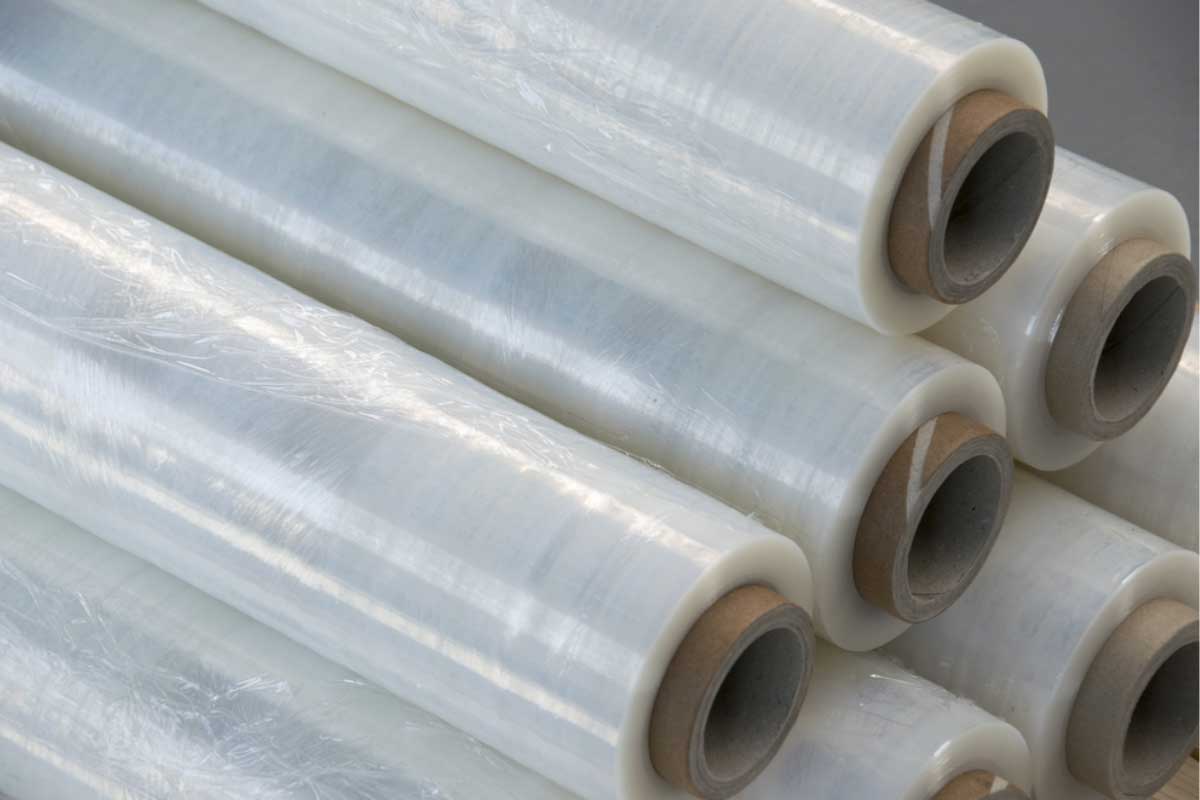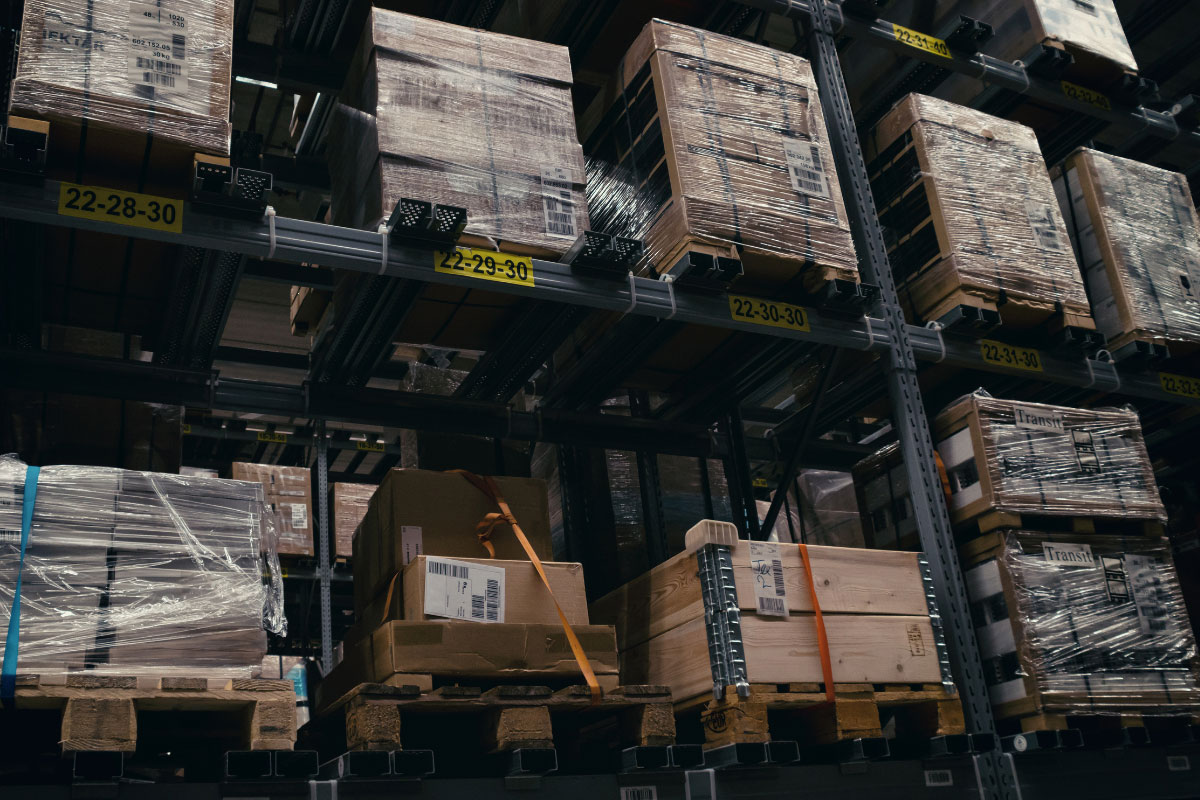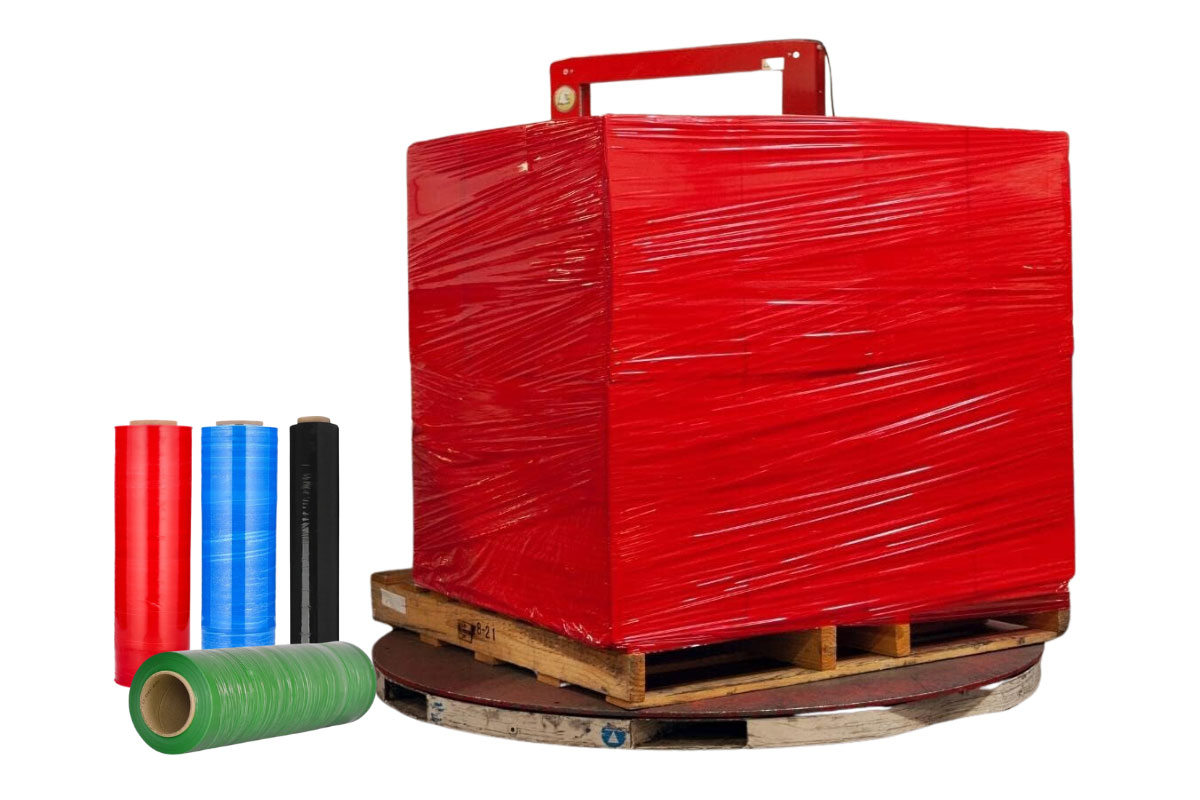Silage is packaged fodder. Making silage is essential for farmers to feed cattle and sheep in winter and autumn when the pasture is not good. What is the reason for the popularity of fodder silage? Fodder silage provides animal nutrition even when weather conditions are not good. Forage is cut and then fermented to retain nutrients, such as sugars and proteins. Fermentation is done by microscopic organisms that live in the forage.
To preserve nutrients, this process must be carried out under acidic conditions (around pH 4-5) to produce a forage that cattle and sheep will enjoy eating. Fermentation at higher pH results in silage with poor taste and lower amounts of sugar and protein. It is not possible to produce silage without using stretch plastic. By creating an anaerobic environment inside the fodder, the nylon stretch provides the conditions for fermentation. To get to know more about this product and its advantages, stay with us until the end of this Pooshan Plastic article.
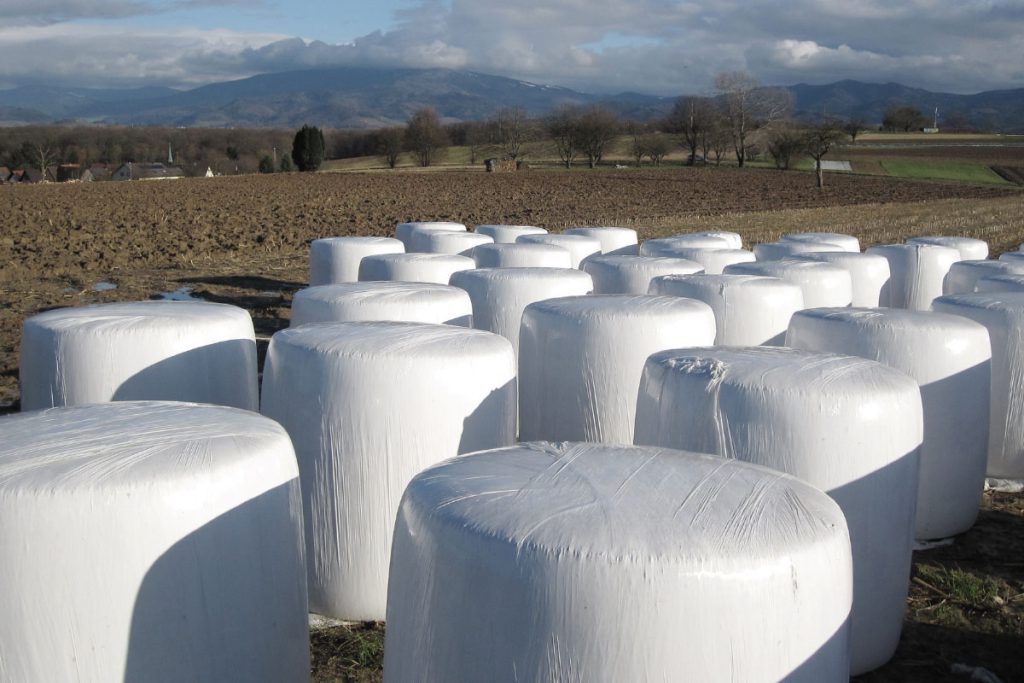
How is silage made?
The steps of making quality silage should be done in the following order so that the final product is suitable for long-term use and storage.
1- Preparation of fodder
What is the first stage of silage production? It doesn’t matter what kind of grass we want to silage. The first step is to prepare it. Pasture should be cut when the forage has the highest level of nutrients. This process is usually done before the forage is fully grown. It is crucial to pay attention to this point because all types of fodder, such as hay and silage, have lower amounts of nutrients than fresh pastures, so the grass must be prepared in the right conditions so that the final product has the highest amount of nutrients.
2- Moisture Separation
The next step is to dry the excess moisture. The grass can wilt in the field for a few hours to reduce its moisture content to about 60-75%. This humidity level allows optimal fermentation. If the forage is left out for too long, it may dry out too much or remain in the rain. These two reasons and other atmospheric changes reduce the quality of fermentation. Also, the longer the fodder is left uncut, the more likely it is to lose nutrients.
3- Fermentation
At this stage, the cut grass is cut into smaller pieces and then compressed. The reason for this is to remove as much oxygen as possible. Shredding the grass is very important because microorganisms called lactic acid bacteria are needed to carry out fermentation in oxygen-free environments. If the silage is to be piled in a large pit, tractors and other machinery are usually moved over the forage pile until it hardens. If the silage is produced with a machine, it is compacted with the device during packaging.
4- Packing with nylon
After compression, we must wrap the fodder with plastic, so its oxygen does not escape. We cover the compacted fodder piles with large polyethylene sheets. Removing and keeping out oxygen is a vital part of silo construction. This is because fermentation must occur under anaerobic conditions (without oxygen), or the correct type of microorganisms will not grow.
While oxygen remains, plant enzymes, other bacteria, and microorganisms react with plant sugars and proteins to produce energy and reduce the amount of these nutrients in the grass.
When all the oxygen is used up, the lactic acid bacteria begin to multiply. These bacteria are needed to make silage and convert plant sugars into lactic acid. This lowers the pH (because it is more acidic). Once the pH is around 4-5, the sugars are gone, and the forage will keep well until the silo is opened and exposed to oxygen. If the pH is not low enough, another type of bacteria begins to ferment the silage and produce byproducts (such as ammonia) that taste bad to cows and sheep.
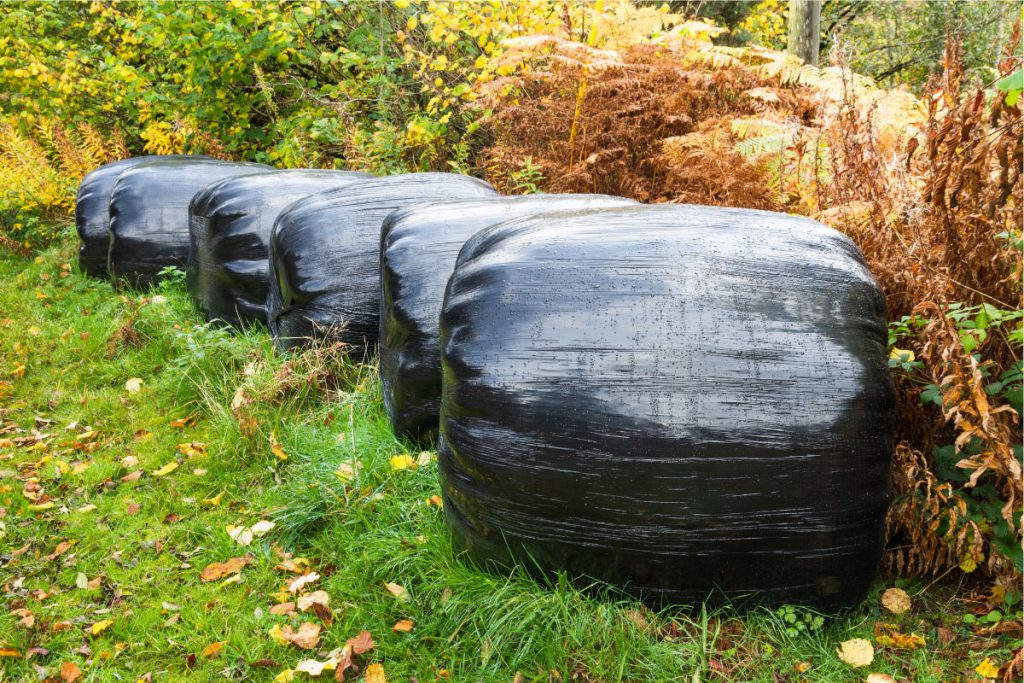
What is silo packaging film?
Silage films are mainly used to preserve silage, hay and corn. They maintain the nutritional value of the contents and prevent undesirable fermentation processes. Polyethylene films resist atmospheric agents and guarantee protection during outdoor exposure. Polyethylene film and stretch film are used for silo packaging. With its extraordinary elasticity, stretch film is the best solution for long-term storage of all types of fodder. Stretch protects the grass entirely and prevents oxygen from leaving it.
Plastic fodder stretch film is made of polyethylene material and is the best choice for long-term animal feed storage. The type of nylon is stretch film, which reduces your long-term costs and preserves products better with excellent elasticity.
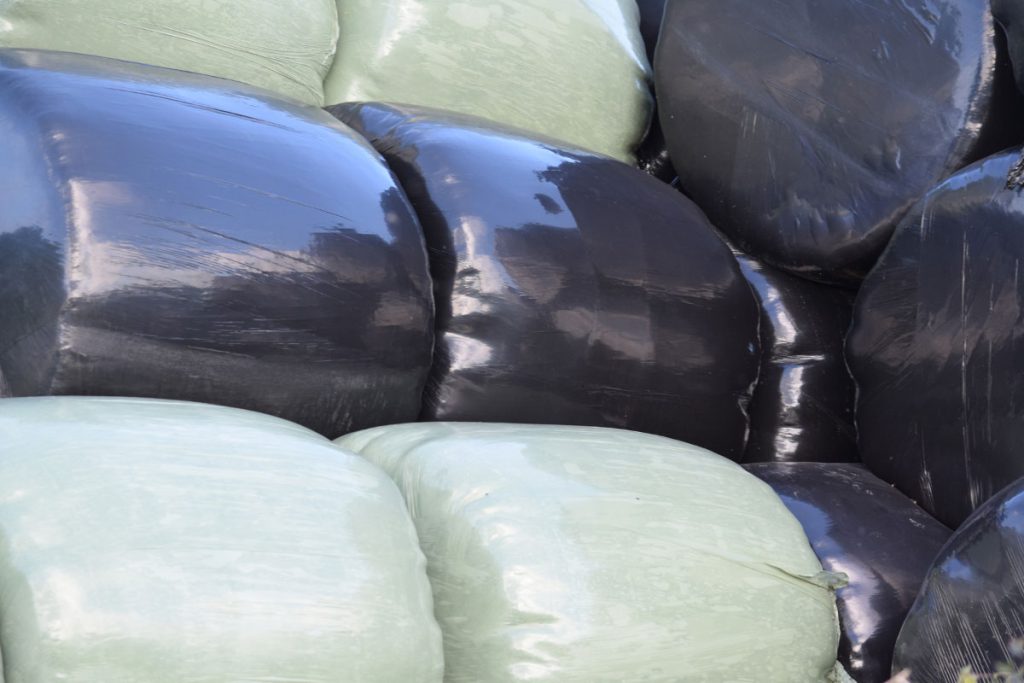
Advantages of silage Plastic
We can produce many fodder and plants with the silage method. Corn silage, alfalfa, sugar beet, tomato, barley, and potato are typical examples in this industry. No matter what season we are in, using silage can ensure that the dairy cows in the farms have the right food. Forage packed by the silage method can be kept entirely healthy for more than one year. On the other hand, exceptional environmental conditions are not required for their safe storage. What are the main advantages of fodder silage?
- Ensuring regular feed supply for livestock and poultry
- Ensuring the supply of fodder of the same quality for livestock during different seasons. Silage can be used in all seasons. The possibility of producing silage in any weather conditions
- Preventing wastage of surplus green and fresh fodder
- Elimination of parasitic diseases during the silage process
- Increasing the production of green grass by improving the harvesting process
